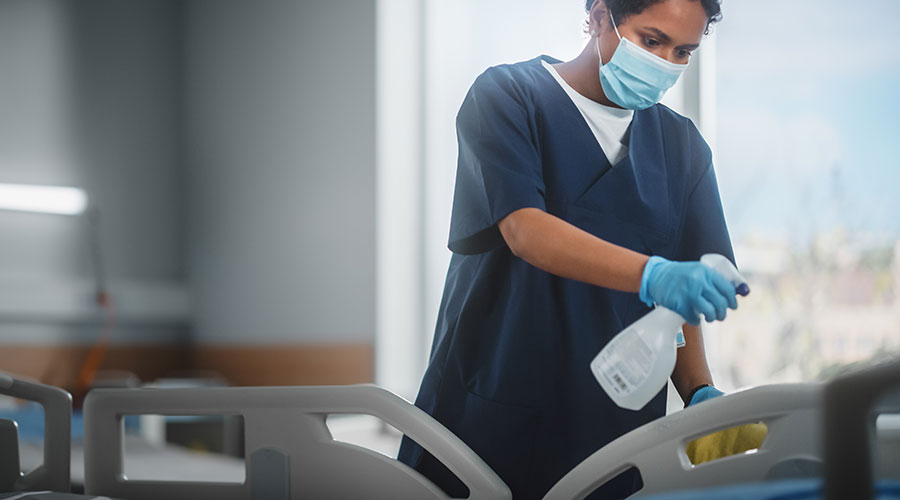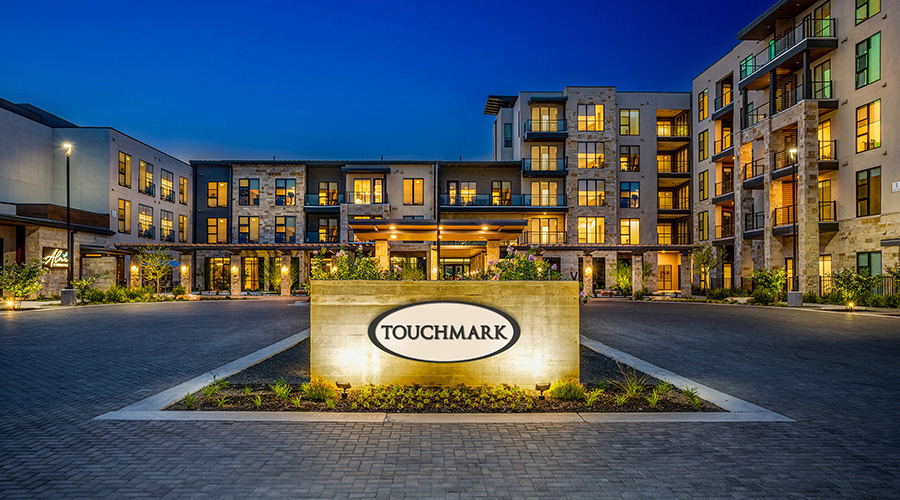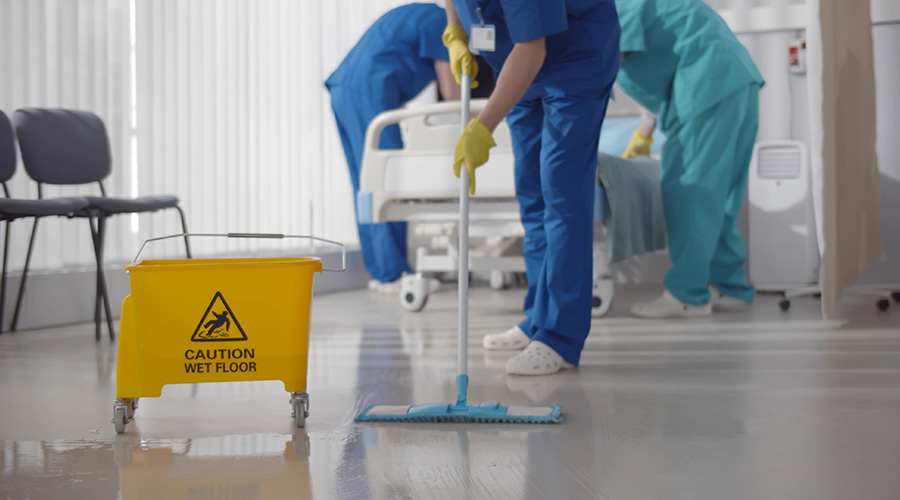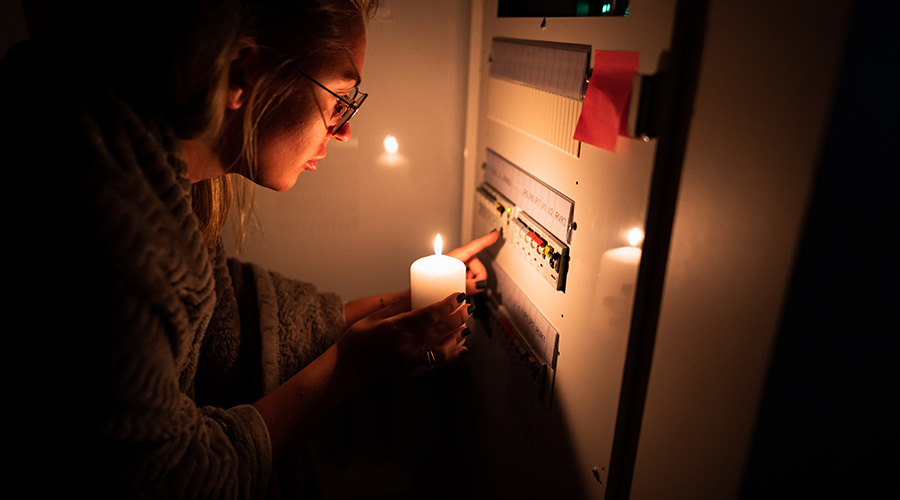Amid growing concerns about the speed and efficiency of U.S. Environmental Protection Agency (EPA) product approvals, attendees at the 2025 ISSA Clean Advocacy Summit were given a clear message: It’s time to reform and reinvest in the EPA’s Office of Pesticide Programs. Attendees received a reminder that many in the cleaning industry overlook: Sanitizers and disinfectants are considered pesticide products under federal law.
“Anything that kills, repels, or mitigates pests — yes, including germs and viruses —is classified as a pesticide and must be registered with the EPA,” said Laurie Flanagan, executive vice president of DC Legislative and Regulatory Services and a leading voice of the Pesticide Registration Improvement Act Coalition.
Whatever is happening between the coalition and the EPA, they need to pay attention to the efficacy of surface disinfectants that a 2021 review published in the International Journal of Environmental Research and Public Health. The review analyzed 181 studies to examine the efficacy of disinfectants on environmental surfaces in healthcare settings. The review included a range of chemical agents — such as sodium hypochlorite, hydrogen peroxide, quaternary ammonium compounds and copper — in an effort to understand whether these disinfectants truly perform in the field, not just the lab.
The review revealed that despite the large body of research, most guidelines are still based on invitro lab data, while real-world data is lacking. More importantly, many studies overlooked key factors critical to true disinfection success:
- None of the studies included efficacy for spore-forming bacteria, viruses or fungi.
- A 2025 review highlights that many disinfectants fail against drug-resistant fungi like Candida auris when biofilms or organic matter are present, underscoring the gap between lab results and real-world surface performance.
- The EPA does not require clinical evidence of efficacy for registration of disinfectants, which is in stark contrast to the U.S. Food and Drug Administration, which requires evidence of clinical efficacy to approve antimicrobial products.
- Disinfectants are tested without any wiping action. Even though most surfaces are disinfected with wiping, testing and label claims of products used for the purpose rarely entail wiping action. This is a serious omission.
- The spectrum of microbial activity is important. Frequently, a chemical disinfectant is tested against Gram-positive and Gram-negative bacteria only, but the label claims broad spectrum activity. The use of this antibiotic-relevant term is totally inappropriate for disinfectants. The correct use of the term must relate to a disinfectant’s ability to inactivate not only vegetative bacteria but also viruses and fungi, which are common nosocomial pathogens.
When an environmental services technician is processing the aftermath in the trauma room, the gurney is not submerged in disinfectant for 10 minutes as the label states for contact time, even though that is the way the product is tested. In the real world, a technician uses a microfiber wiper, a disinfectant and elbow grease to process surfaces and equipment according to hospital protocols. The mechanical action of wiping contributes significantly to soil removal and rendering surfaces safe, clean and disinfected.
Ultimately, a better understanding of the role of the environment in the transmission of healthcare-associated infections (HAI), the role of specific reservoirs and the way to optimally reduce these reservoirs will lead to more effective use of disinfectants in healthcare settings and a much-needed reduction in HAIs.
J. Darrel Hicks, BA, MESRE, CHESP, Certificate of Mastery in Infection Prevention, is the past president of the Healthcare Surfaces Institute. Hicks is nationally recognized as a subject matter expert in infection prevention and control as it relates to cleaning. He is the owner and principal of Safe, Clean and Disinfected. His enterprise specializes in B2B consulting, webinar presentations, seminars and facility consulting services related to cleaning and disinfection. He can be reached at darrel@darrelhicks.com, or learn more at www.darrelhicks.com.

 Building Sustainable Healthcare for an Aging Population
Building Sustainable Healthcare for an Aging Population Froedtert ThedaCare Announces Opening of ThedaCare Medical Center-Oshkosh
Froedtert ThedaCare Announces Opening of ThedaCare Medical Center-Oshkosh Touchmark Acquires The Hacienda at Georgetown Senior Living Facility
Touchmark Acquires The Hacienda at Georgetown Senior Living Facility Contaminants Under Foot: A Closer Look at Patient Room Floors
Contaminants Under Foot: A Closer Look at Patient Room Floors Power Outages Largely Driven by Extreme Weather Events
Power Outages Largely Driven by Extreme Weather Events